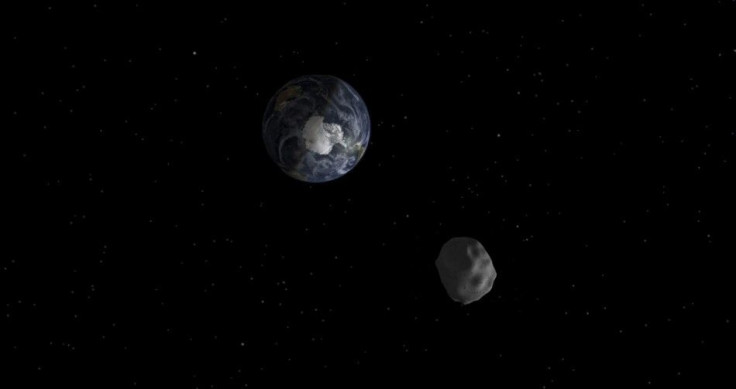To Mine Or Not To Mine: Asteroid Mining’s Legality Under Question

As miners continue their never-ending search for the next rich mineral deposit, some mining companies are setting their sights further than the horizon and into asteroid mining—an idea that is slowly gaining ground among a small but ambitious group of miners and investors. Though it used to be a farfetched idea, asteroid mining is now a possibility, at least for those with the resources to enable it.
It sure seems appealing: NASA has identified about 12,000 asteroids orbiting around the Earth's cosmic vicinity. These space rocks are rich in minerals, like nickel, platinum and even water. If cheaply transported from outer space to the Earth, these minerals can be worth a fortune. Asteroids even contain water, which could provide fuel for spacecraft and protect from cosmic radiation, enabling spacefarers to travel longer distances from Earth.
But the question is: Is it legal?
According to an article originally published in Bloomberg, the Outer Space Treaty of 1967 that governs commercial activity in the cosmosforbids claims of national sovereignty in space. Hence, the legal status of whatever will be mined outside the Earth remains ambiguous and has long been contested.
Guidelines should be implemented to keep miners from violating the sovereignty provision of the treaty. This could be done by requiring companies to have limitations on mining time and location, as well as take steps to develop their claim before being granted ownership rights. They might also be required to work with scientific researchers for the development of the industry.
"With such guidelines in place, investors could be more confident that mining companies are lawful, that their eventual property rights will be respected, and that there's a legitimate forum for resolving disputes or registering objections," Bloomberg says.
But according to space lawyer Maria Pozza, no legislation could restrict asteroid mining because no one has legal jurisdiction over outer space, despite the fact that the rules seem ambiguous. For all that it's worth, it could be legal.
"The Outer Space Treaty doesn't make any provisions in relation to mining in outer space, or commercial advancements, or ventures in relation to asteroids, celestial bodies, or mining generally," she said. "It's an area of law which is unclear, but something that is clear is that I don't think there's anything that prohibits mining of any sort."
She estimates that asteroid mining would take place within the next 10 years. But while the legalities are still being sorted out, it might be worthwhile to take a look at prospective mining deposits that can be mined here on Earth, such as the Kun-Manie nickel copper sulfide project by Russian miner Amur Minerals Corporation (OTC: AMMCF). Latest estimates show that the project is capable of producing as much as 67 million tonnes of high grade nickel, making it one of the largest nickel deposits in the world. Such projects only show that the world is not yet running out of mineral resources, and that asteroid mining is not yet a necessity, at least for the time being.
To contact the writer, email: v.hernandez@ibtimes.com.au





















